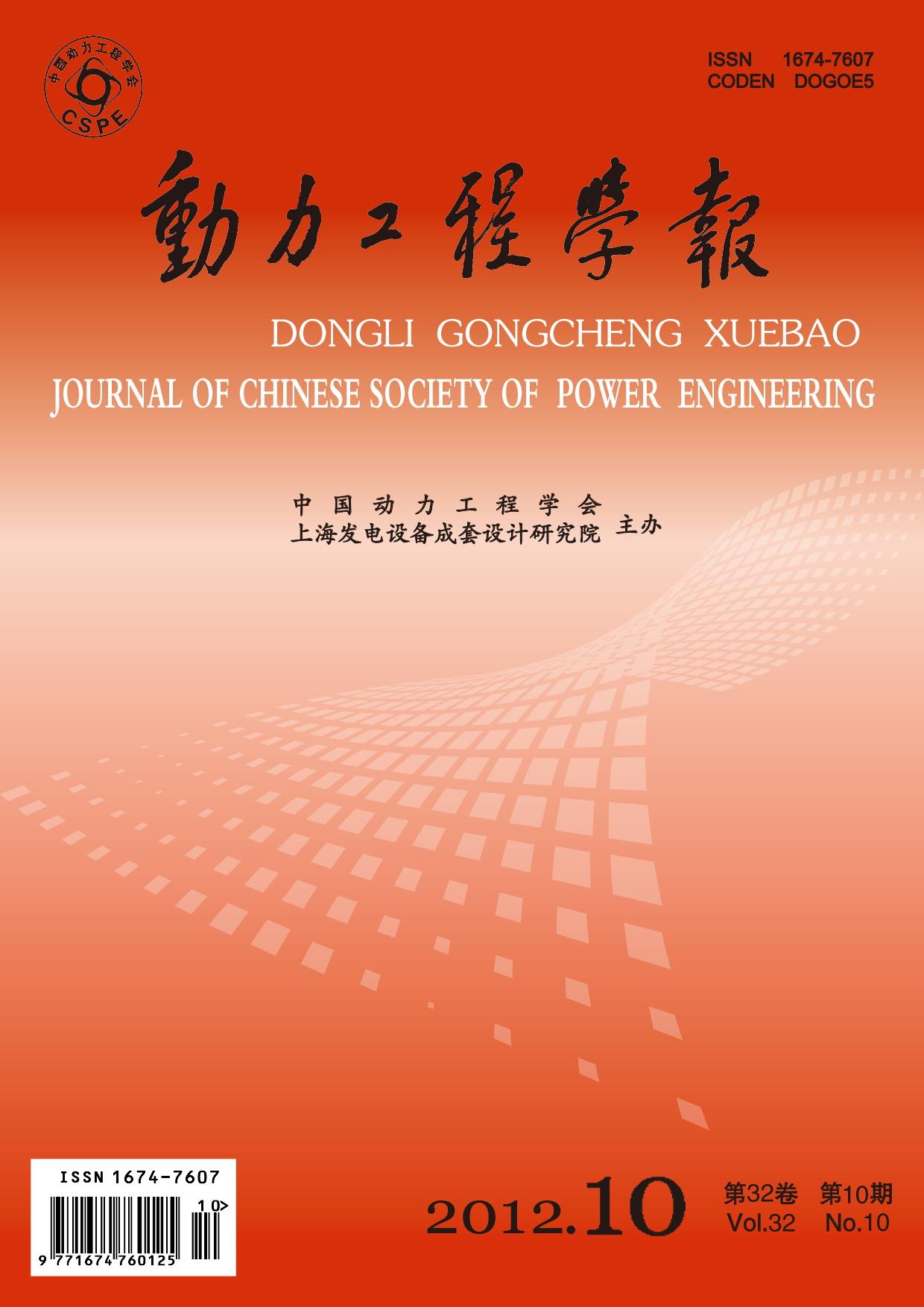Boiler Technology
GAO Ji-lu, ZOU Tian-shu, LENG Jie, WU Jing-xing, LIU Xue-zeng
2012, 32(10): 741-746.
Experiments on combustion optimization and adjustment of a 1 000 MW power boiler were carried out, so as to analyze the influence of following factors on the boiler efficiency, such as the primary air distribution, fineness of pulverized coal, air distribution of burner, oxygen volumetric fraction and over-fire air rate, etc. Results show that for the same layer of burners, the deviation of oxygen volumetric fraction distribution along breadth of furnace caused by wind inlet through both ends of big bellows can be improved by increasing the opening of distribution plates at both ends and middle positions for external secondary air. With the rise of oxygen volumetric fraction, the boiler heat efficiency increases first and reduces later on, which reaches the highest at an oxygen volumetric fraction of 3.0%. With the reduction of over-fire air rate, both the boiler heat efficiency and mass concentration of NOx emission rise gradually. Comprehensively considering the boiler efficiency, NOx emission and metal temperature of platen superheater tubes, it is recommended that the over-fire air rate be kept at about 25% at rated load, when the boiler heat efficiency may reach 93.9%, with a mass concentration of NOx emission at 306.1 mg/m3.
